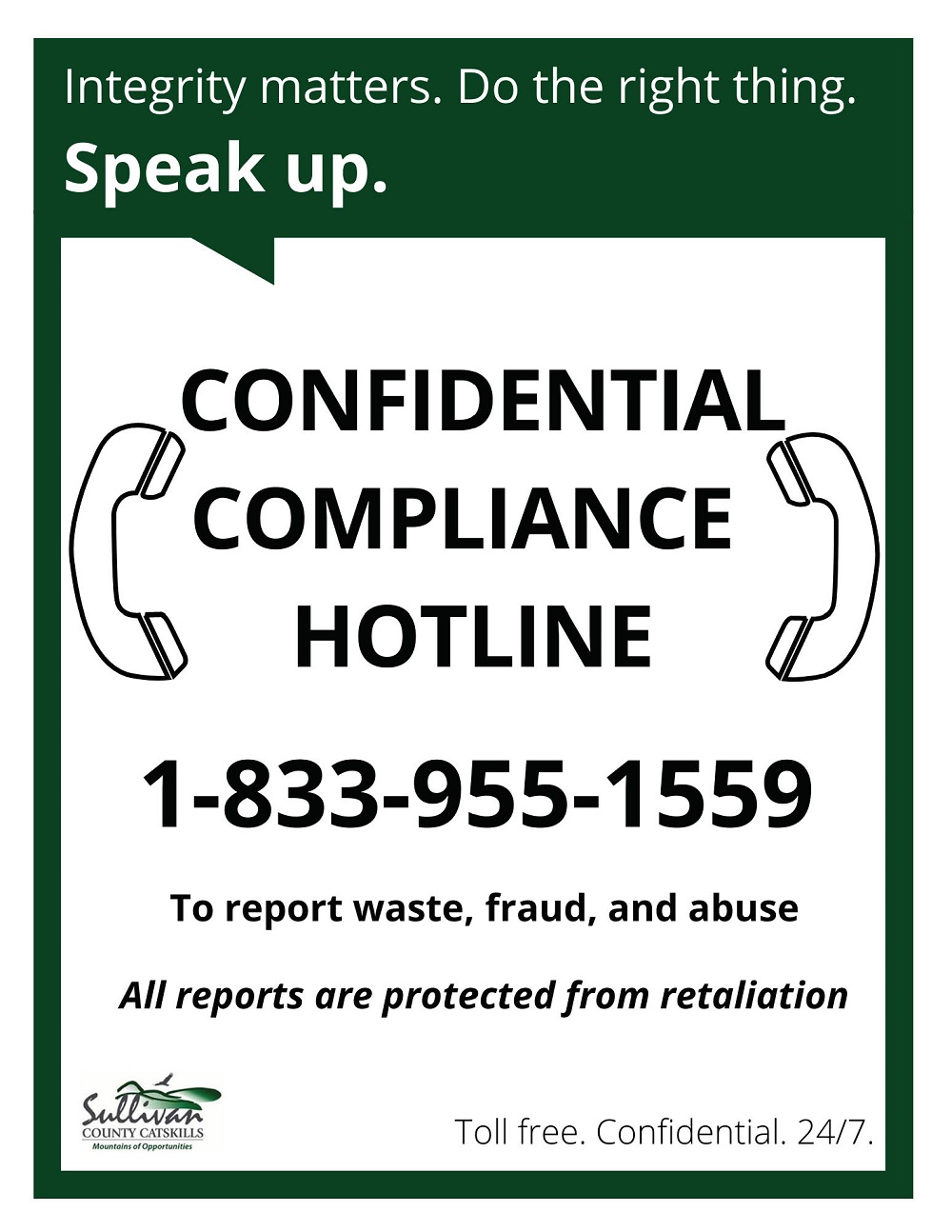What is Measles?
Measles is a highly contagious respiratory disease (in the lungs and breathing tubes) caused by a virus that is spread by direct contact with nasal or throat secretions of infected people (when a person infected with the measles virus breathes, coughs, or sneezes). Measles is one of the most contagious viruses on earth; one measles infected person can give the virus to 18 others. In fact, 90% of unvaccinated people exposed to the virus become infected. You can catch measles just by being in a room where a person with measles has been, up to 2 hours after that person is gone. And you can catch measles from an infected person even before they have a measles rash.
Common symptoms
Symptoms usually appear 10-12 days after exposure but may appear as early as 7 days and as late as 21 days after exposure. Measles typically begins with
- high fever,
- cough,
- runny nose (coryza), and
- red, watery eyes (conjunctivitis).
Then:
- Two or three days after symptoms begin, tiny white spots (Koplik spots) may appear inside the mouth.
- Three to five days after symptoms begin, a rash breaks out. It usually begins as flat red spots that appear on the face at the hairline and spread downward to the neck, trunk, arms, legs, and feet. Small raised bumps may also appear on top of the flat red spots. The spots may become joined together as they spread from the head to the rest of the body. When the rash appears, a person's fever may go up to more than 104° Fahrenheit.
- After a few days, the fever subsides and the rash fades.
People are considered infectious from four days before to four days after the appearance of the rash. Click here to find out more.

